What is Phomopsis and how is it treated?
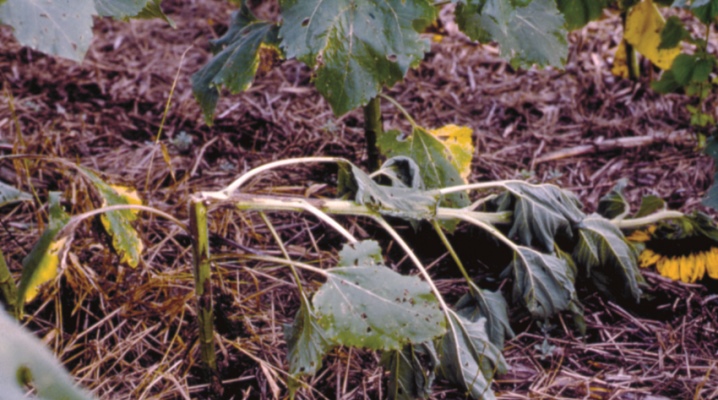
Phomopsis is a serious plant disease known since 1960... In those years, the disease strongly affected the sunflower harvest and the economy of Yugoslavia. Nowadays, agricultural technicians have learned how to deal with this ailment, but prevention is still the main method of struggle.
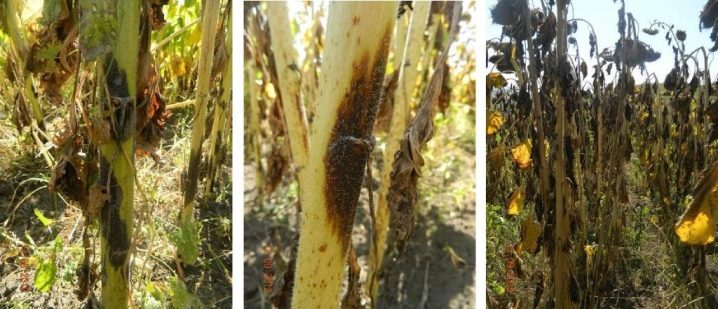
Description of the disease
This is a quarantine disease that can affect not only sunflowers, but also other crops, for example, soybeans, grapes, sugar beets, blueberries, quinoa and some other plants, especially weeds., which just often cause diseases of sunflowers and other plants cultivated on the site. The consequence of infection is a sharp reduction in the yield. This fungal disease is widespread in countries whose economies are based on the cultivation of sunflower.
In fact, this is gray-brown or brown spot, also often called sunflower cancer or escoriasis.
The harmful fungus survives the winter in the form of mycelium, and in the spring forms perithecia with ascospores on plants, which cover an ever larger zone through infected seeds - their massive years lasts from May to August.
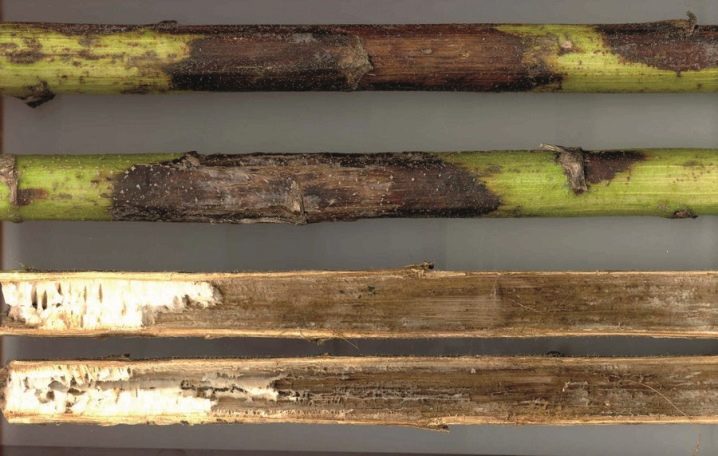
Signs of defeat
The disease can be distinguished by brown spots that form on the stems and peduncles, the stem becomes fragile, vulnerable, and loses its turgor. Brown triangular spots can be observed at the edges of the leaves, especially on the lower leaves. The infected leaf blade, which is usually the first to be affected, looks like a burnt surface. Over time, it becomes completely dark and begins to fade, while the infection continues, affecting the petiole and stem.
It happens that an ailment infects a culture in the reverse order, that is, the stem is infected first, and then the leaves. The diseased stem first turns pale, and then darkens, the internal structure is destroyed.
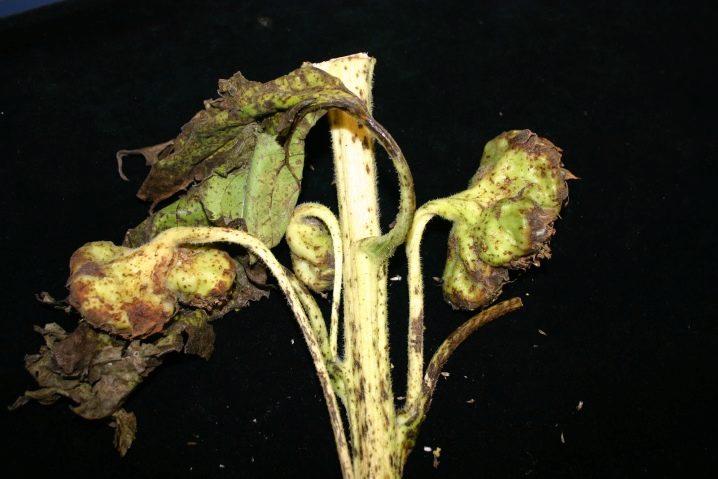
If you press your finger on the diseased shoot, then dents will remain. Outwardly, the disease can be confused with anthracnose - both diseases can affect, for example, grapes, so winegrowers have to carefully study the nature of both diseases in order to apply effective methods of control. Both infections provoke tissue rupture and cause through holes in the leaf plates and their deformation. The main difference between phomopsis is the yellow framing of the arising black necrosis, and the disease should be diagnosed on it.

Reasons for the appearance
Large-scale infection of the plantation is due to improper or careless care, namely neglect in weeding. The pathogen can be found in weeds.
Also, the sources of infection can be the seeds themselves, which have not undergone preliminary control and processing. If the fungus was not noticed on the affected plant in time, then it will spread to the entire field.
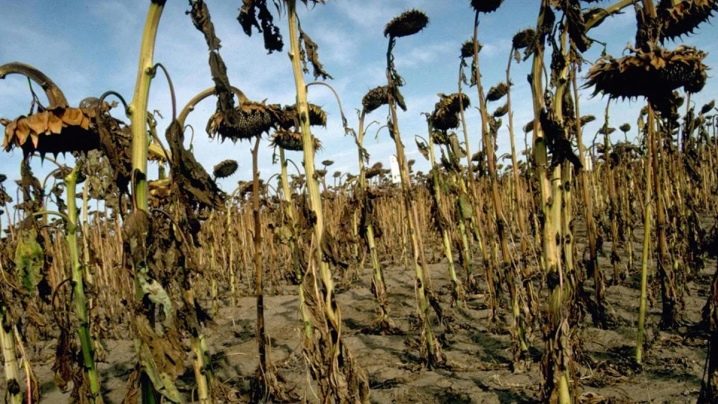
Treatment
As a rule, the most common method of combating any diseases of botanical crops is the use of fungicides. However, in this case, the matter is complicated by the fact that drugs can help only at the initial stage of the disease. If we are talking about sunflower, then the infection that has reached the petiole and stem is stronger than fungicides, and in this case their use will not be effective.
Two-component remedies, for example, "Bolivar Forte, KS", will help to fight the disease in this situation.
For the first time, simple one-component substances are also suitable for processing, and the above agent is used for repeated disinfection. It is difficult and expensive to treat a plant from the disease presented, but if prevention is followed, then control measures will not be needed. This is much easier to do.

Prophylaxis
One of the most important rules for preventing the disease is adherence to the principles of crop rotation. The area where the crop prone to disease is planted should be fenced off from other plants that can become a source of infection. It is better if the nearest plantation is at least 5 km away.
Before sowing, carefully select the planting material, and collect plant residues in time and be sure to process machines, equipment and tools before and after harvesting.
As soon as an infected specimen is found in the field, it should be immediately destroyed, all plants growing nearby, and the affected area should be dug up.
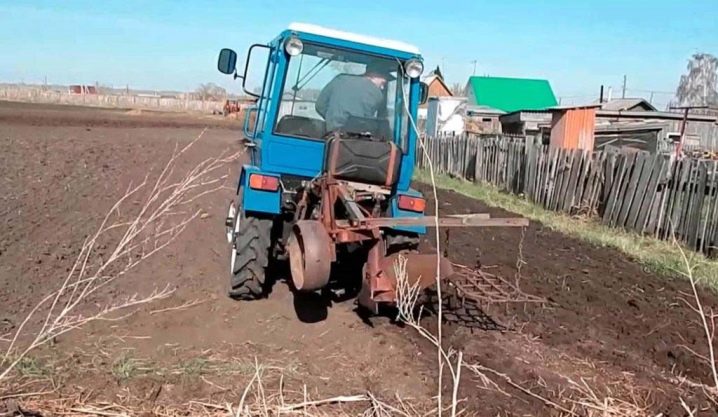
Weed the planting area in time - weeds often become a source of infection.
Another important preventive point is the competent choice of varieties and hybrids that have strong immunity against phomopsis.
Black spot spreads in cold and damp weather, in hot weather, the development of infection slows down, but the fungus continues to live in tissues and begins its life again with the onset of cloudy weather. To prevent the development of the disease, from early spring, the owners of vineyards have been using preparations containing copper or metiram, which, by the way, is also the prevention of anthracnose.
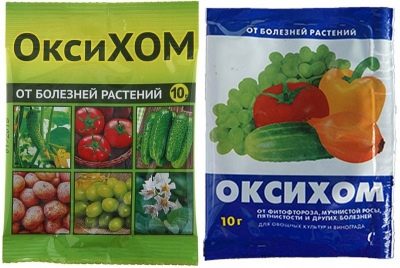













The comment was sent successfully.